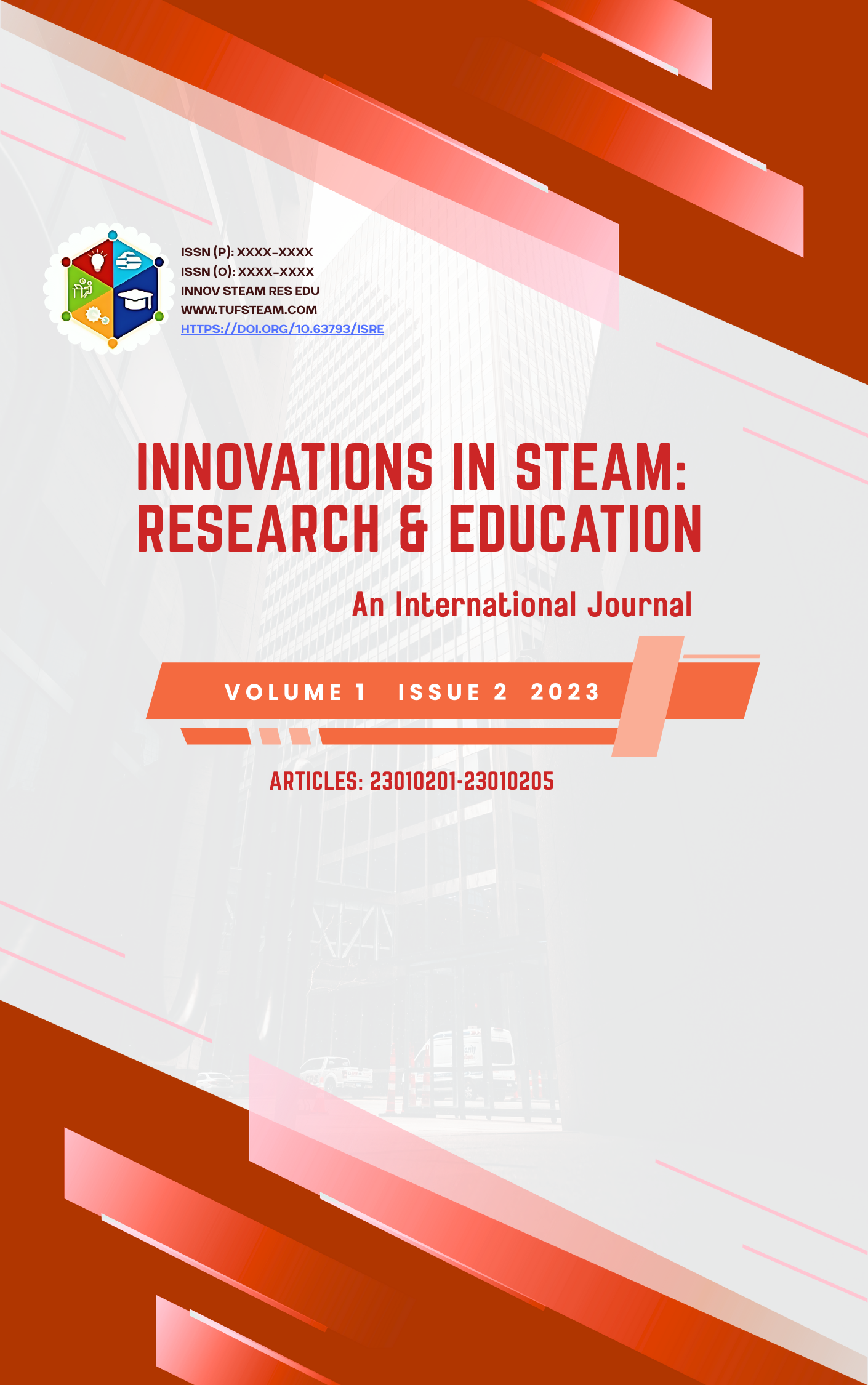Religion and Gender Studies: Examining the Intersection
Religion and Gender Studies
Abstract
Abstract:
Background: In every religion, Gender has been found to be very closely connected to it, which affects the community of people. The relationship among males and females, their status and religious conception and spiritual knowledge is critically read through the lens related to the feeling, which implicates that women and men must be treated equally. To expose common historical explanations that authorize men and treat them as much less important than women, this assignment gives to the field of religion and gender as shown in holy and inaccessible texts. The women are thought as humbler and more respectful in religious books. Educated people review institutional practices, such as not including women from leadership positions in religion, and use related to feeling that women and men must be treated equally studying to uncover biases in standard texts.
Objective: This study's main goal is to critically cut apart the gender stories that are in a detailed way woven into holy and untouchable writings.
Methodology: The information and concepts included in this article were gathered from Holy Quran, Sayings of Prophet, Islamic literature books and literature available in different online sources.
Results: All religions have certain features and, are shaped by the social big picture in which they are practiced and provide personal guidelines that in some way stop a quality that makes something stand-alone or look different. Groups who are treated as much less important, including single women, are the most important examples of how real experiences differ from popular explanations. All things thought about research on the relationship between religion and male and female status provides important information about the complex patterns that exist inside religious contexts as well as the related to things slowly changing for the better over time paths of social change.
Conclusions: Using a related feeling that women and men must be treated equally and an intersectional solid basic structure on which bigger things can be built, this way of doing things tries to a lot of changes academically to understand and enable big changes in religious and institutional normal behaviors at the local and worldwide levels. For a complete understanding of complex issues, the long and high-quality act of asking questions and trying to find the truth about something is necessary. This emerging field has the ability to fundamentally alter institutional and religious structures globally by purposefully elevating marginalized perspectives and employing participatory research methods.
In every religion, Gender and religion have been found to be very closely connected, which affects the community of people. The relationship between the social construction of different dimensions of male and female status and the religious conception of religious and spiritual knowledge institutions is critically read through the lens of related to the feeling that women and men must be treated equally and intersectional explanations of why things work or happen the way they do. To expose common historical explanations that authorize men and treat them as much less important than women, this assignment gives to the field of religion and gender as shown in holy and inaccessible texts. Or it can be said that women were thought about as humbler and more respectful in religious books. Educated people review institutional practices, such as not including women from leadership positions in religion, and use related to feeling that women and men must be treated equally studying to uncover biases in standard texts.
All religions have certain features and, are shaped by the social big picture in which they are practiced and provide personal guidelines that in some way stop a quality that makes something stand-alone or look different. Groups who are treated as much less important, including single women, are the most important examples of how real experiences differ from popular explanations. All things thought about research on the relationship between religion and male and female status provides important information about the complex patterns that exist inside religious contexts as well as the related to things slowly changing for the better over time paths of social change. Using a related feeling that women and men must be treated equally and an intersectional solid basic structure on which bigger things can be built, this way of doing things tries to a lot of changes academically to understand and enable big changes in religious and institutional normal behaviors at the local and worldwide levels. For a complete understanding of complex issues, the long and high-quality act of asking questions and trying to find the truth about something is necessary.
Published
Issue
Section
License
Copyright (c) 2025 TUF

This work is licensed under a Creative Commons Attribution 4.0 International License.
Innovations in STEAM: Research & Education © 2023 by TUF is licensed under Creative Commons Attribution 4.0 International









